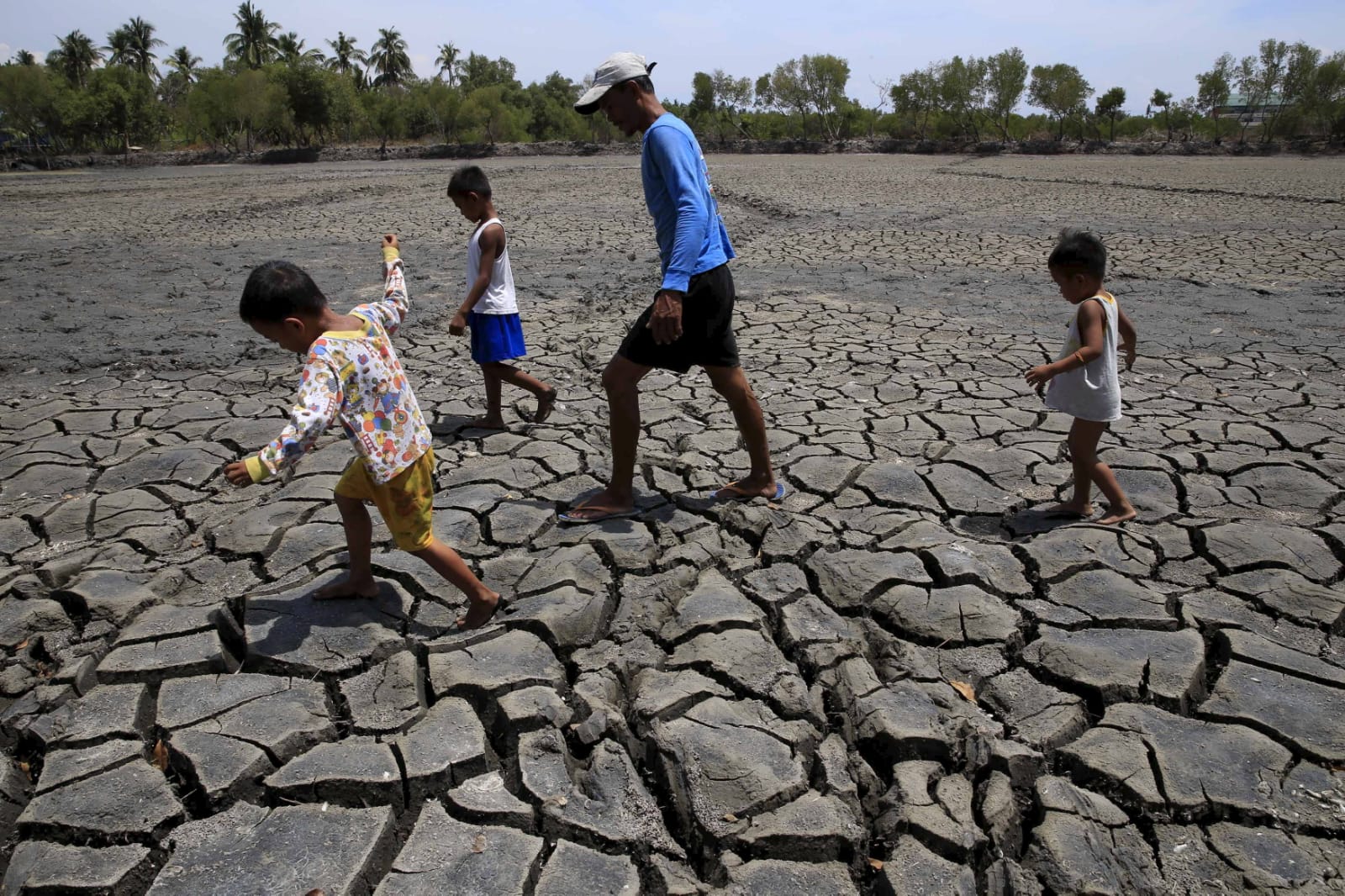Scientists have warned that the recurrence of El Nio, a climate phenomenon linked to the warming of sea surface. Temperatures in the central-east equatorial Pacific, is expected in 2023. This will bring “off the chart” temperatures and result in unheard-of heatwaves.
Experts told The Guardian that its resurgence makes it “very likely” that global average temperatures will rise above 1.5C. Beyond which even half a degree will significantly increase the risks of drought, floods, and extreme heatwaves. As well as cause food and water insecurity and poverty for millions of people worldwide. The UN issued a warning that the world is already on course to warm by much above 2C in a report late last year.
This year is already expected to be hotter than 2022. According to worldwide datasets was either the fifth or sixth hottest year ever. The likelihood of 2024 breaking the previous record for the highest average global temperature is substantially higher because El Nio. Which occurs during the winter in the northern hemisphere and its warming effect takes months to manifest.
Many areas of the planet could experience the El Nio-La Nia cycle’s shifting effects, according to Scaife. “Science can now predict months in advance when these things will happen. Therefore, we really do need to make advantage of it and be more prepared. Furthermore, from having emergency services available to choosing what crops to farm.
Although El Nio would intensify extreme weather, scientists disagreed on the extent of the exacerbation.
The primary reason for weather variations from one year to the next in many locations is the El Nio-La Nia phenomena. The Pacific trade winds from east to west are stronger during La Nia years. Whereas, forcing warm surface waters to the west and pulling deeper, cooler water up in the east. Events known as El Nio occur when the trade winds weaken. Which will allow the warm waters to travel back eastward. Moreover, suffocating the colder waters, and raising world temperatures. Conditions are hotter and drier in countries bordering the west Pacific, such as Indonesia and Australia. Despite China occasionally experiencing flooding in the Yangtze basin. Scaife said that “you tend to get lots of droughts and lots of wildfires.”














